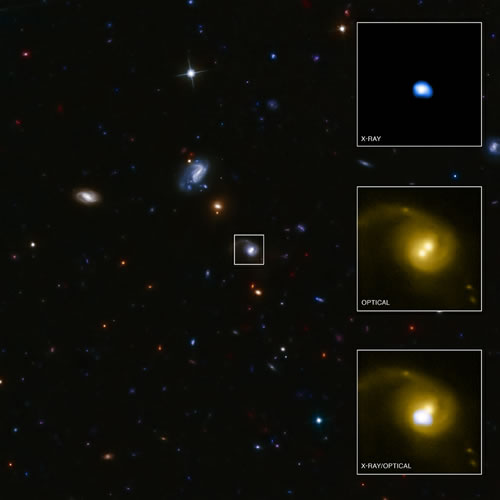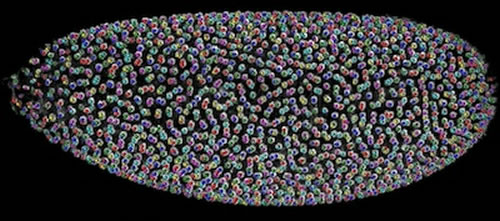The Stillwater couple charged last winter for possessing methamphetamine
after woman was seen frantically searching a vehicle for her
boyfriend's "missing finger" have pleaded guilty to felony drug charges.
Ashley Marie Brooker, 23, pleaded guilty to driving under the influence
of a controlled substance and fifth-degree possession of
methamphetamine last month. She is scheduled to be sentenced on June 15.
Nicholas Thomas Doyle, 25, pleaded guilty to fifth-degree possession of
a controlled substance. His sentencing date is scheduled for Aug. 2.
According
to the criminal complaint: Stillwater police responded to the Lakeview
Hospital parking lot after an emergency medical technician (EMT)
reported seeing an "extremely agitated" woman flailing her arms. When
approached by the EMT, Brooker said she was looking for a finger as she
frantically searched the passenger's side of the vehicle.
The EMT noticed what was described in the complaint
as "severe pock marks, scarring and scabs on
the woman's face" and believed her behavior to be consistent with
methamphetamine use. The EMT then called police. Responding officers
questioned Brooker and were told that her boyfriend, Doyle, severed a
finger and that she believed it to be somewhere inside the vehicle.
Officers found the cap to a hypodermic syringe on the driver's seat when
Brooker got out of the car.
She then admitted to having a
syringe full of what was later found to be methamphetamine in the
driver's console. Meanwhile, a second responding officer located a man
inside the hospital fitting the description of Doyle. When questioned by
police, Doyle said he cut his finger but did not sever it. Doyle also
admitted Brooker drove him to the hospital. Police searched Doyle and
found a hypodermic syringe cap in his left front pocket.








 The media eventually found Phuc living near Toronto, and she decided she
needed to take control of her story. A book was written in 1999 and a
documentary came out, at last the way she wanted it told. She was asked
to become a U.N. Goodwill Ambassador to help victims of war. She and Ut
have since reunited many times to tell their story, even traveling to
London to meet the Queen.
The media eventually found Phuc living near Toronto, and she decided she
needed to take control of her story. A book was written in 1999 and a
documentary came out, at last the way she wanted it told. She was asked
to become a U.N. Goodwill Ambassador to help victims of war. She and Ut
have since reunited many times to tell their story, even traveling to
London to meet the Queen.
 The original is a centuries-old village of 900 and a UNESCO heritage
site that survives on tourism. The copycat is a housing estate that
thrives on China's new rich. In a China famous for pirated products, the
replica Hallstatt sets a new standard.
The original is a centuries-old village of 900 and a UNESCO heritage
site that survives on tourism. The copycat is a housing estate that
thrives on China's new rich. In a China famous for pirated products, the
replica Hallstatt sets a new standard.











